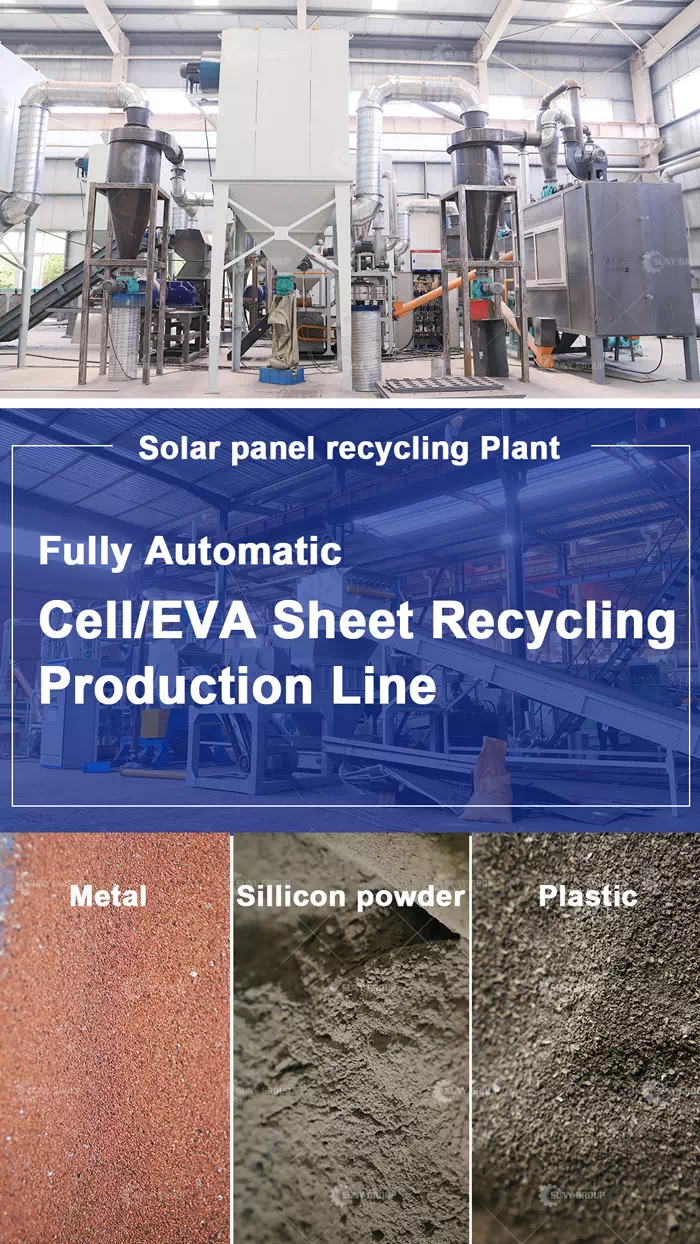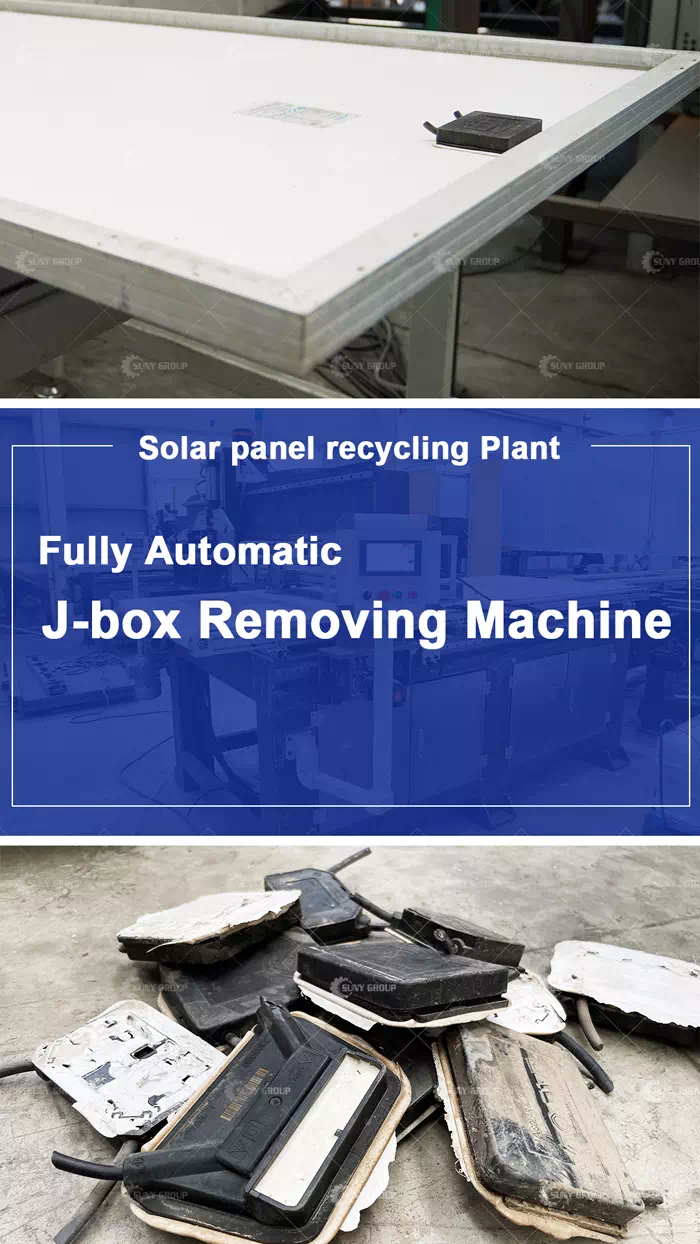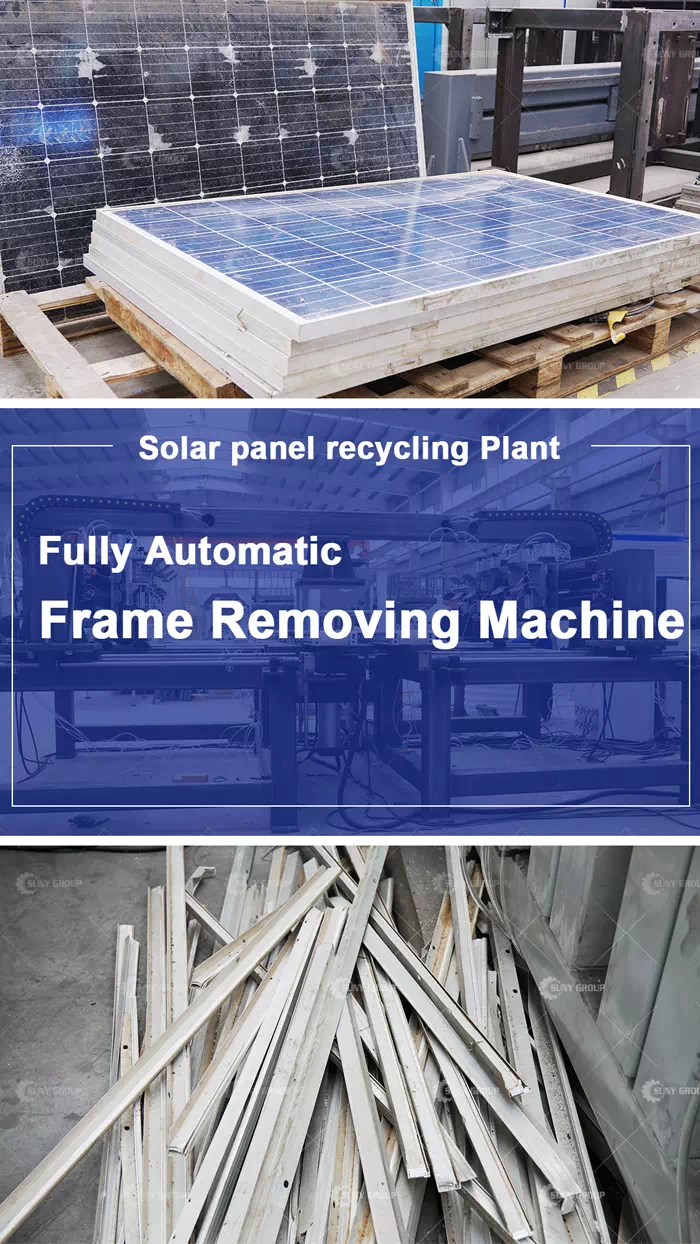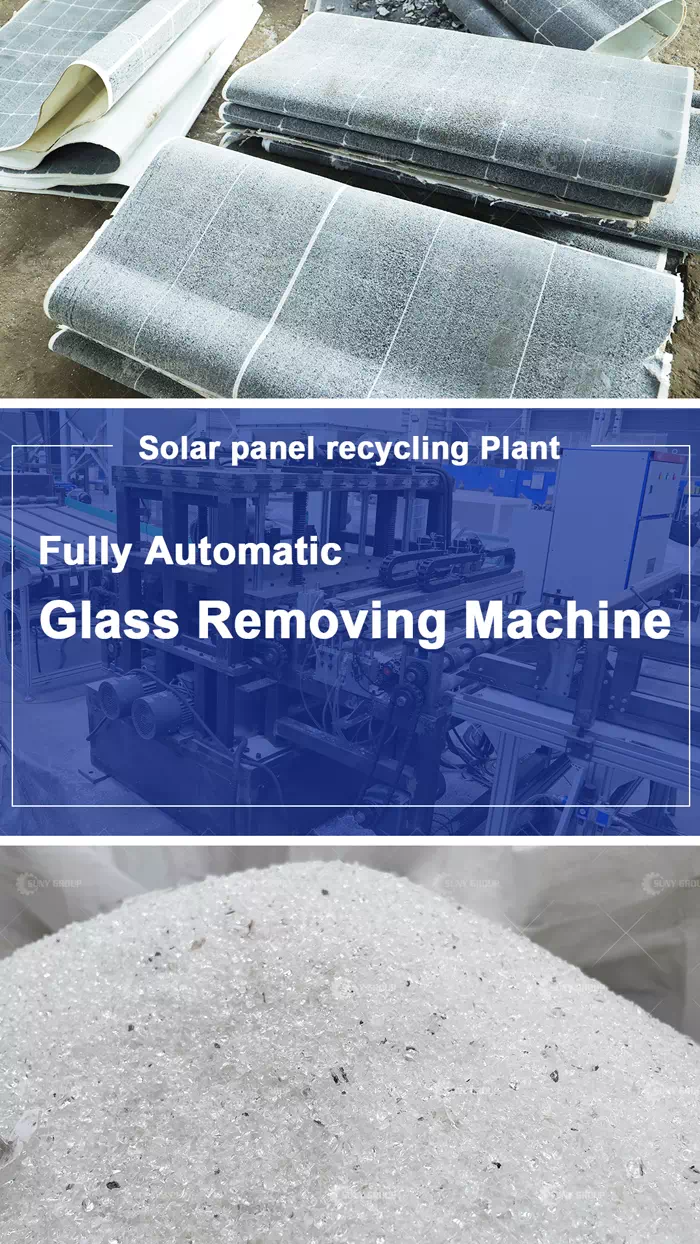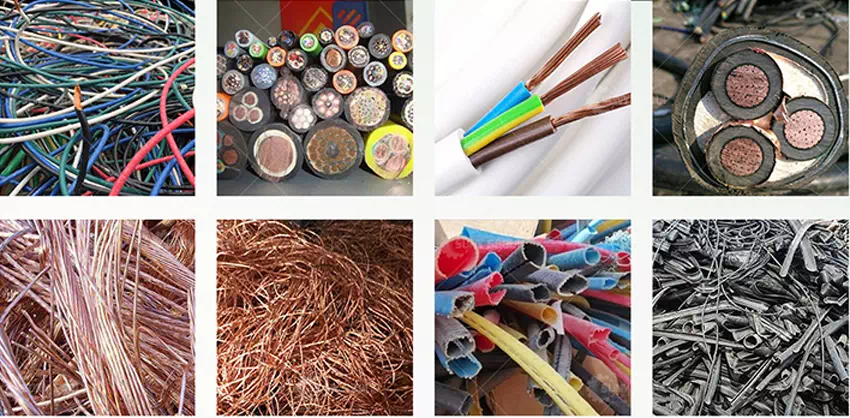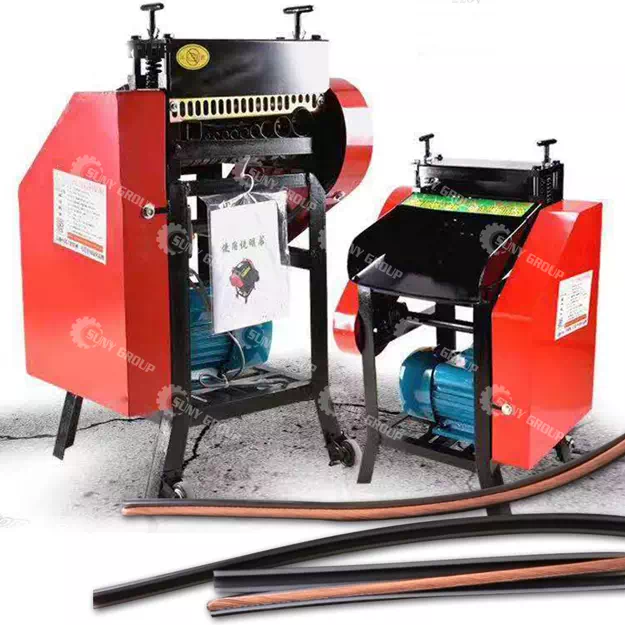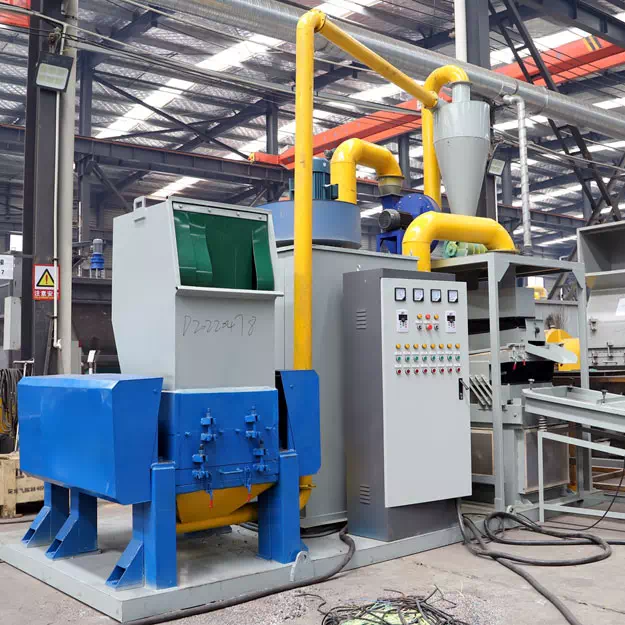Scrap metal crushing and recycling equipment plays a vital role in the efficient and environmentally friendly disposal of metal waste. The equipment is designed to process and convert various types of scrap metal into reusable materials. In this article, we will explore the technical principles, applications and advantages of scrap metal crushing and recycling equipment.
Technical principle:
Scrap metal crushing and recycling equipment utilizes advanced mechanical and electrical systems to process metal waste efficiently. The equipment usually consists of a crusher, conveyor belt, magnetic separator and sorting system. Crusher is driven by a motor and applies force to break large metal objects into smaller, more manageable pieces. It can handle a variety of metal materials, including steel, aluminum, copper and brass.
Conveyor belts transport broken metal parts to different stages of the recycling process. Magnetic separators are used to remove ferrous materials from metal streams, ensuring a cleaner, purer end product. The sorting system is equipped with sensors and automated mechanisms to separate different types of metals based on their characteristics, such as size, shape and conductivity. This facilitates the separation and efficient recycling of various metals.
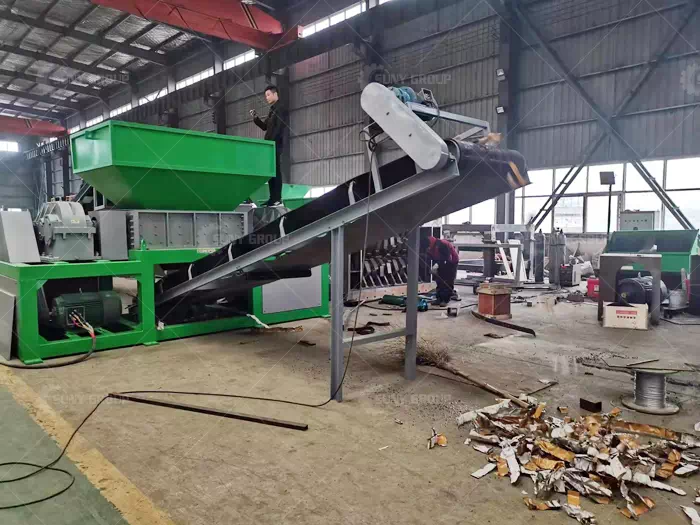
Application:
Scrap metal crushing and recycling equipment is used in many industries that generate metal waste. Some common industries that benefit from this equipment include:
Automobile industry: Automobile manufacturing and repair facilities generate large amounts of metal waste, including scrapped vehicles and parts. Scrap metal crushing and recycling equipment can efficiently process these materials, thereby recovering valuable metals and reducing the environmental impact of automotive waste.
Manufacturing Facilities: Various manufacturing processes generate metal waste such as excess metal scraps, defective products, and obsolete machinery. Scrap metal crushing and recycling equipment can help manufacturers recycle these materials, reduce production costs and promote sustainable practices.
Scrap metal crushing and recycling equipment plays a vital role in the efficient and sustainable management of metal waste. By employing advanced technology, the equipment helps convert scrap metal into reusable materials, reducing dependence on mining and conserving natural resources. The widespread adoption of scrap metal crushing and recycling equipment brings many benefits, including resource conservation, energy conservation, economic opportunities and waste reduction. As we continue to prioritize environmental stewardship, investing in this type of equipment becomes increasingly important for a greener, more sustainable future.




